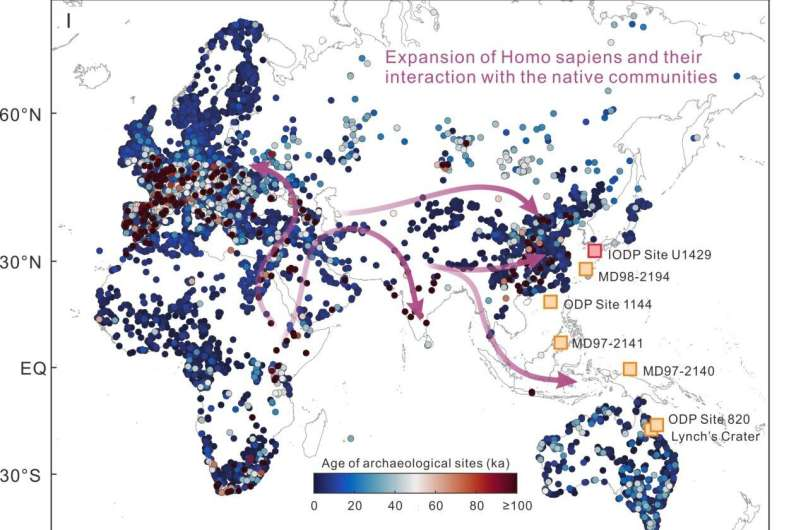Archaeologists have made a groundbreaking discovery in the Egyptian desert: the nearly complete skull of an ancient apex predator. This find, dating back 30 million years, sheds new light on a long-extinct carnivore that once roamed the Earth.
A Remarkable Discovery
The skull was found unexpectedly just as the excavation team was concluding their work. Paleontologist Shorouq Al-Ashqar, from Mansoura University and the American University in Cairo, explained that one of the team members noticed large teeth protruding from the ground, which led to the astonishing find. Al-Ashqar, who led the study published in the Journal of Vertebrate Paleontology, revealed that this predator is a new species of hyaenodont, a group of ancient carnivores known for their agility and strength.
Meet Bastetodon: A 'Fearsome' Carnivore
The newly discovered species, named Bastetodon, was a formidable predator, similar in size to a modern-day leopard. It had sharp teeth and a powerful bite capable of taking down large prey, including hyraxes, early elephants, hippos, and primates that lived in the lush forests of Fayum.
Hyaenodonts were a significant part of African ecosystems after the extinction of the dinosaurs, and Bastetodon’s discovery adds a new chapter to our understanding of these ancient creatures.
A Name With Meaning
Lead author Shorouq Al-Ashqar. The Bastetodon is named for the cat-headed Egyptian goddess Bastet. Bastet was the sister of Sekhmet, the namesake of the hyaenodont genus Sekhmetops (Credit: Professor Hesham Sallam)
The name Bastetodon honors Bastet, the cat-headed Egyptian goddess associated with protection and good health, reflecting the animal’s cat-like features and the region where it was discovered. This predator shares a distant link to the lion-headed goddess Sekhmet, who inspired the name of another hyaenodont genus, Sekhmetops.
Revisiting Past Discoveries
In addition to this new discovery, the research also revisits previous findings. For example, it was once believed that a genus called Sekhmetops belonged to a European group of hyaenodonts. However, new findings suggest that Sekhmetops actually originated in Africa, similar to Bastetodon. This reaffirms the connection between hyaenodonts and the African continent.
Evolution and Extinction
Changes in climate and tectonics in Africa opened the continent to the relatives of cats and hyenas. Over time, carnivorous hyaenodonts become extinct (Credit: Professor Hesham Sallam)
The study of these creatures provides more than just an insight into their biology; it also highlights their evolutionary journey. In 2019, a new species of hyaenodont named Simbakubwa kutokaafrika was discovered in Kenya. This species, larger than a polar bear, illustrates the size and power these predators reached during their time.
Over millions of years, Africa’s shifting climate and tectonics allowed the ancestors of modern carnivores, like cats and hyenas, to spread across the continent. Unfortunately, hyaenodonts eventually went extinct, making way for these more familiar predators.
A Major Breakthrough
The discovery of Bastetodon represents a major step in understanding the evolution, diversity, and global spread of hyaenodonts. As Al-Ashqar noted, this find enriches our knowledge of how these creatures evolved and their place in the ancient ecosystems of Africa.









